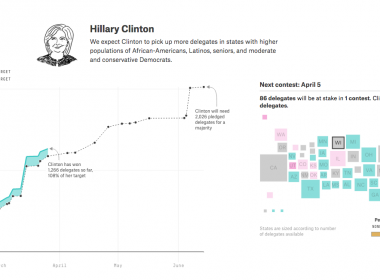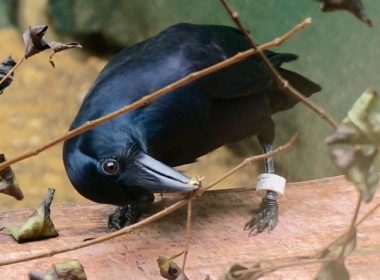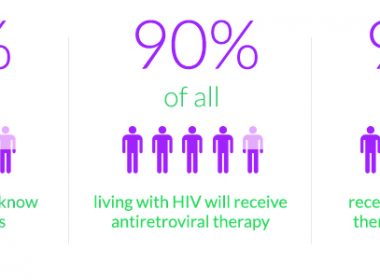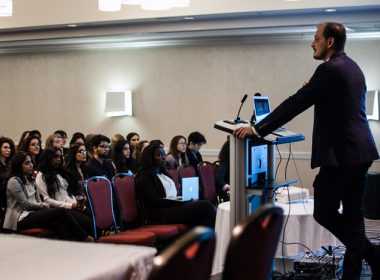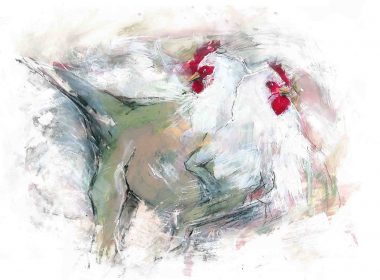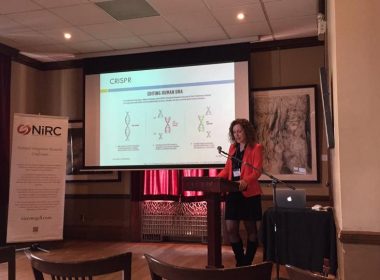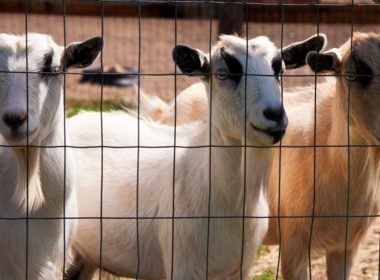The 2012 United States presidential election was the culmination of an 18-month-long campaign that saw voters bombarded with debates, ads, endorsements, and relentless media coverage. There were also dozens of factors for voters to consider when deciding which candidate to cast their ballot for, from stances on policy to questions[Read More…]
Science & Technology
The latest in science and technology.
Move aside elephants—birds are the smartest non-primates
Footage from a revolutionary behavioural experiment showed non-primates making and using tools just like humans. In the video, a crow is trying to get food out of a narrow vessel, but its beak is too short for it to reach through the container. Nearby, the researchers placed a straight wire,[Read More…]
The epidemic of the HIV/AIDS stigma
“It’s a hard three letters to absorb. It’s a turning point in one’s life,” was how Charlie Sheen described his diagnosis with HIV in an interview with NewsTalk. After revealing his illness in December of last year, Sheen faced multiple lawsuits from ex-sexual partners claiming he didn’t inform them of[Read More…]
Growth attenuation therapy mimics an ugly past
A recent article published in the New York Times discussed a boy named Ricky, who had been diagnosed with cerebral palsy and static encephalopathy. His permanent brain damage meant he was unable to walk and had very limited eyesight. Ricky is now nine years old, but his body is the[Read More…]
MonWHO inspires students to discuss public health
Three days, hundreds of delegates and one goal: To inspire people to talk and think critically about public health. The Montreal World Health Organization Simulation (MonWHO) kicked off on Friday March 18, bringing together students from universities all around Quebec to gain insight into public health. This year’s theme was[Read More…]
Say hello to the chickensaurus
Instead of building a time machine to travel back to prehistoric times, scientists might be able to engineer dinosaurs out of chickens to live in our own backyards. In a study published this past January in the Journal of Organic Evolution, researchers were able to genetically modify chicken embryo legs[Read More…]
Islamic art inspires metamaterial
On March 21, McGill University’s Facebook page shared a video that demonstrated a unique type of material called an auxetic, expanding while being stretched. The metamaterial, designed Dr. Ahmad Rafsanjani, a member of the Pasini lab in McGill University’s Faculty of Engineering, is unique because when it is stretched, it[Read More…]
Fields come together: BASiC hosts yearly scientific conference
This Friday, McGill hosted their latest event in integrative research, the National Integrative Research Council (NiRC) at Thomson House. The point of the event, held annually since 2011, is to encourage McGill students to research beyond the limits of their field. Keynote speakers presented on a variety of subjects such[Read More…]
McGill University Procurement Service to seek alternate antibody supplier
Antibodies, also known as immunoglobulins, are proteins that can bind to foreign molecules in the body. Discovered in the early 20th century, the incredible specificity with which they can bind to proteins became an irreplaceable tool in the repertoire of molecular biology. Because of this, scientists have been able to[Read More…]
Why do people like Donald Trump?
Donald Trump has dominated the 2016 US presidential campaign thus far. He has been making headlines ever since the announcement of his presidential campaign almost a year ago in June 2015. According to the most recent national polling averages out of FiveThirtyEight, Trump is leading the Republican nomination race at[Read More…]
